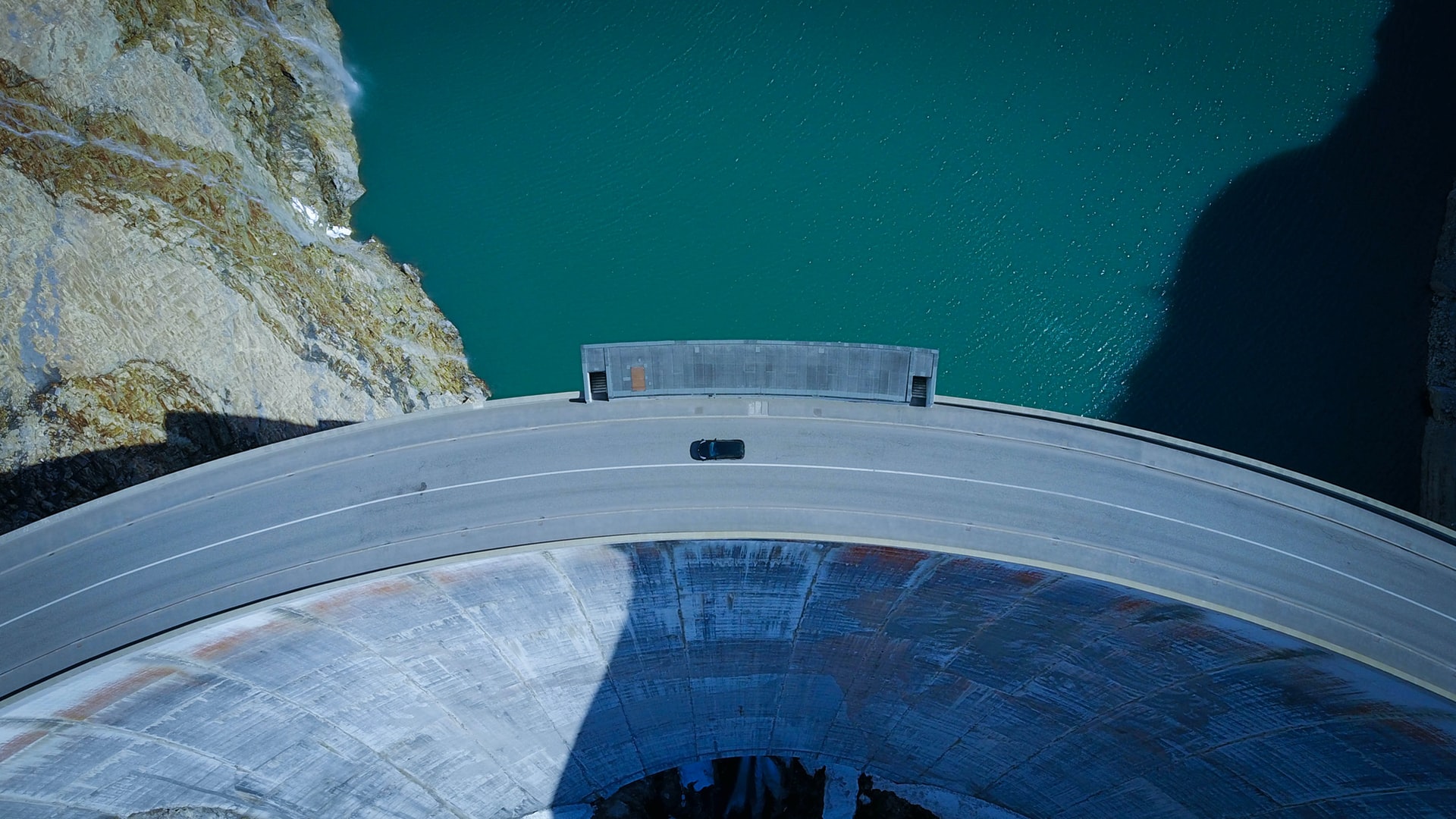Paper: The value of CO2-Bulk energy storage with wind in transmission-constrained electric power systems
Authors: Jonathan D. Ogland-Hand, Jeffrey M. Bielicki, Benjamin M. Adams, Ebony S. Nelson, Thomas A. Buscheck, Martin O. Saar, Ramteen Sioshansi
Some storage solutions give back more than we put in
Energy is lost when batteries charge. This is the case for most energy storage solutions – we get out less than we put in. Some storage solutions, however, give back more than we put in, such as hydro-power dams. In these dams, energy is stored as elevated water (potential energy), and rivers add more water (more energy). An international team of researchers recently described an underground storage solution which could more than double the electricity put in and also help reduce CO2 in the atmosphere.
Because renewables like wind and solar have become cheaper compared to most fossil fuels, their proliferation around the globe is rapidly increasing. Unfortunately, the strong variability, or “intermittency”, of wind and solar means that the energy produced tends not to be co-located with the energy demand in space and time. The distance between these energy sources and places of demand requires expensive cables, and the offset between times of high and low demand versus times of high and low production have resulted in only a moderate percentage of their maximum possible output (known as their capacity factor) actually being used.
Energy storage is a strong contender to help maximize the capacity factor of these renewables, as well as optimize the capacity of the transmission cables. The cost of the cables’ required infrastructure increases with capacity, and wind turbines often need to be turned off if they produce more than these cables can handle.
In this paper, the researchers propose and investigate CO2-bulk energy storage. This method would circulate captured CO2 below ground to extract the Earth’s heat (known as geothermal energy). One major benefit of this approach is that it could be implemented in sedimentary basins, which form when a dip in the Earth’s surface is filled with pieces of rock, plants, and animals for millions of years. Such basins are very common worldwide and substantially more common compared to suitable locations for pumped hydro storage and compressed air energy storage.
In CO2-bulk energy storage, energy is stored in the form of pressure (created by compressing CO2 before injection into the subsurface) and produced by applying this pressure to a turbine. The increased production compared to the injection can be explained using a simple concept: the ideal gas law. This fundamental law in physics tells us that adding heat to a fixed amount of gas (such as CO2) with a constant volume will increase pressure. Because this method stores energy as pressure before converting it to electricity, an increase in pressure from the geothermal heat results in an increase in produced electricity.
The energy produced using this approach was modeled to be between 144% and 212% of the energy put in, even after 30 years of operation. Additionally, the researchers found a large enough increase in revenue for many of the simulated conditions (including electricity prices) to make an increase in the transmission line capacity profitable.
Although the new IPCC report indicates that time is running out for the energy transition, the exponential increase in, e.g., electric car sales and installed capacity of wind and solar are just some of the many ways in which humanity is actually addressing the problem. The proposed CO2-bulk energy storage is a very promising addition to these efforts as it could help bring out the best in these other solutions. On top of increasing the amount of wind power capacity actually used (instead of turning them off), this method could both increase the amount of energy produced (by adding geothermal energy) and make larger transmission cables profitable (further increasing the amount of renewables used).
Doubling Electricity Production by Storing it! by Alex Hobé is licensed under a Creative Commons Attribution-ShareAlike 4.0 International License. Photo by Raphaël Biscaldi on Unsplash

